The world of plants is not immune to diseases that mirror human ailments. Among the most pervasive and visually striking is powdery mildew, often referred to as the "vitiligo of the plant kingdom." This fungal disease, characterized by its telltale white, powdery spots, affects a wide range of plants, from ornamental flowers to vital food crops. Its impact is both aesthetic and economic, leaving growers scrambling for solutions.
Powdery mildew thrives in specific conditions, often striking during warm, dry days followed by cool, humid nights. Unlike many other fungal diseases, it doesn’t require standing water to proliferate. Instead, it settles on the surface of leaves, stems, and even fruits, sapping nutrients and weakening the plant. The first signs are subtle—pale yellow spots that soon give way to the unmistakable white coating. Left unchecked, the disease can stunt growth, reduce yields, and in severe cases, kill the plant.
The parallels between powdery mildew and human vitiligo are hard to ignore. Both conditions manifest as depigmented patches, though their underlying causes are vastly different. Vitiligo arises from the loss of melanocytes, while powdery mildew is the work of opportunistic fungi from the Erysiphales order. Yet, the visual similarity has cemented the nickname, making it a useful shorthand for explaining the disease to non-specialists.
What makes powdery mildew particularly frustrating for growers is its adaptability. Hundreds of species of fungi can cause the disease, each targeting specific plants. Grapes, cucumbers, roses, and zucchini are just a few of the susceptible hosts. This specificity means that a treatment effective for one crop might be useless for another. Compounding the problem is the fungi’s ability to develop resistance to chemical treatments over time, forcing farmers and gardeners into a constant arms race.
Prevention is often the best defense against powdery mildew. Proper spacing between plants ensures good air circulation, reducing the humidity that fosters fungal growth. Pruning infected leaves early can slow the spread, though care must be taken to avoid inadvertently transferring spores to healthy plants. Some growers swear by homemade remedies—milk sprays, baking soda solutions, or neem oil—though their effectiveness varies. For severe infestations, fungicides remain the last line of defense, albeit with environmental trade-offs.
Researchers are exploring more sustainable solutions, from breeding resistant plant varieties to harnessing natural predators of the fungi. One promising avenue involves the use of beneficial microbes that outcompete or directly attack powdery mildew. These biological controls could offer a greener alternative to traditional chemicals, aligning with the growing demand for eco-friendly agriculture.
The economic toll of powdery mildew is staggering. In vineyards alone, outbreaks can lead to significant losses in grape quality and yield, affecting wine production. For small-scale farmers, a single bad season can be devastating. The disease also drives up costs for consumers, as growers pass on the expense of prevention and treatment. In developing regions, where access to fungicides may be limited, the impact is even more acute.
Climate change is adding another layer of complexity. Shifts in temperature and humidity patterns are altering the geographic range and severity of powdery mildew outbreaks. Regions once considered low-risk are now seeing infections, catching growers off guard. This unpredictability underscores the need for robust monitoring systems and early warning tools to help farmers stay ahead of the disease.
Public awareness campaigns are crucial in the fight against powdery mildew. Many home gardeners mistake the initial symptoms for dust or harmless mold, delaying treatment until it’s too late. Extension services and agricultural agencies play a key role in educating the public, offering identification guides and management tips. Digital platforms, from gardening forums to social media, have become invaluable resources for sharing real-time advice and alerts.
Despite its challenges, powdery mildew also offers a window into the delicate balance of ecosystems. Its presence can indicate underlying issues, from poor soil health to stressed plants. By addressing these root causes, growers can build more resilient gardens and farms. In this way, the disease serves as both a foe and a teacher, reminding us of the interconnectedness of plant health and the environment.
Looking ahead, the battle against powdery mildew will require a multifaceted approach. Advances in genomics may unlock new resistant traits, while precision agriculture could enable targeted interventions. International collaboration will be essential, as the fungi know no borders. For now, vigilance and adaptability remain the cornerstones of management, as growers worldwide contend with this persistent adversary.
In the end, powdery mildew is more than just a cosmetic nuisance. It’s a testament to nature’s complexity and the ongoing struggle to cultivate healthy plants in an ever-changing world. Whether in a backyard garden or a commercial farm, understanding and mitigating this "vitiligo of the plant kingdom" is a shared challenge—one that demands creativity, persistence, and respect for the natural systems at play.
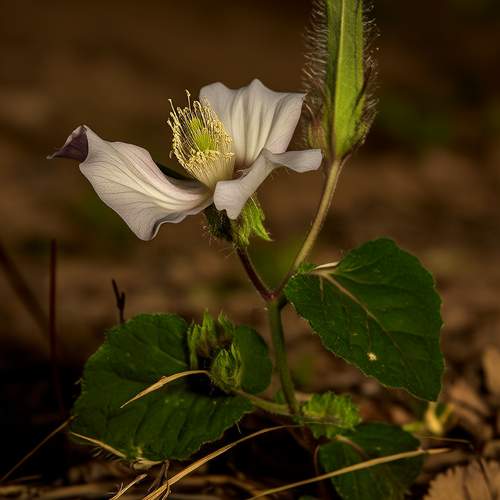
By /May 21, 2025

By /May 21, 2025
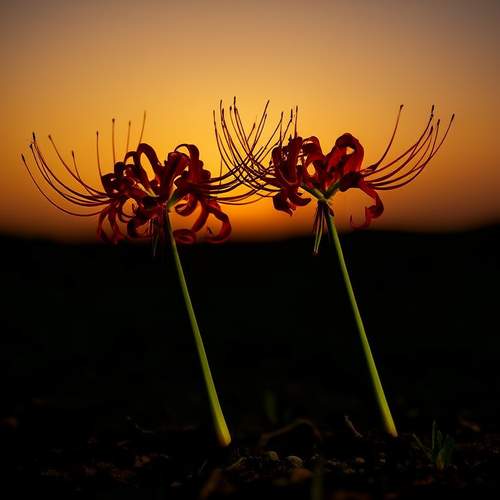
By /May 21, 2025
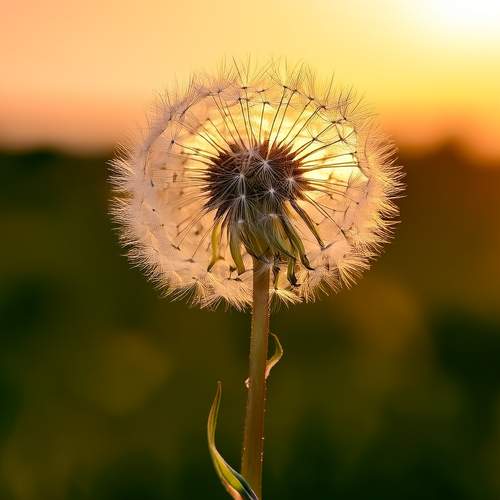
By /May 21, 2025

By /May 21, 2025
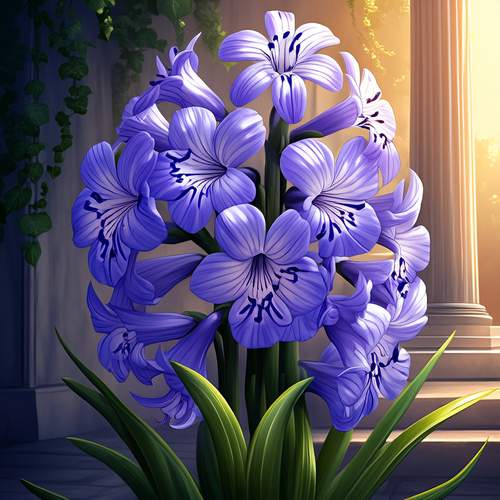
By /May 21, 2025

By /May 21, 2025

By /May 21, 2025
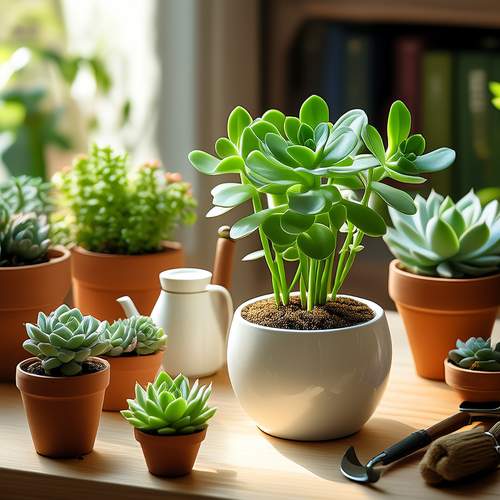
By /May 21, 2025
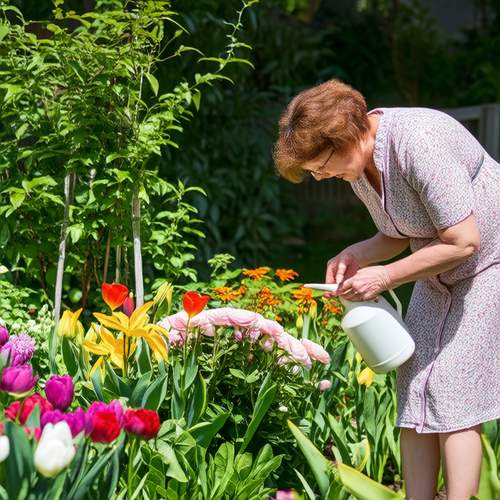
By /May 21, 2025
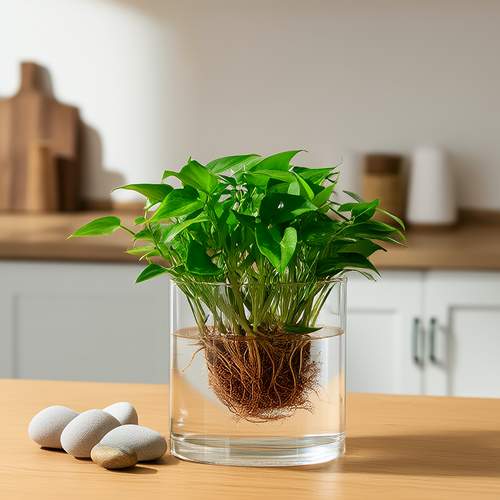
By /May 21, 2025
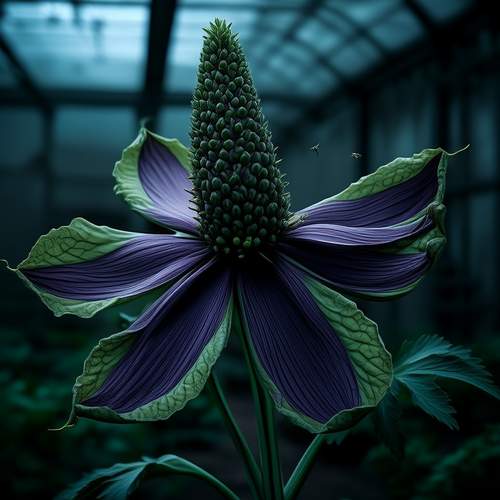
By /May 21, 2025
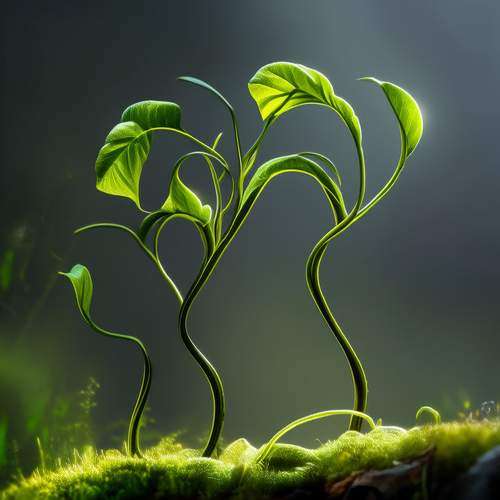
By /May 21, 2025

By /May 21, 2025
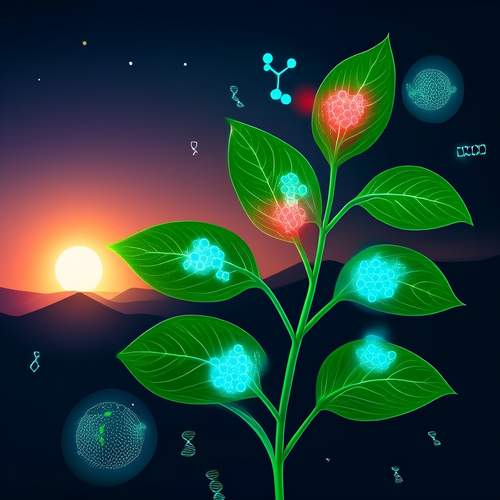
By /May 21, 2025
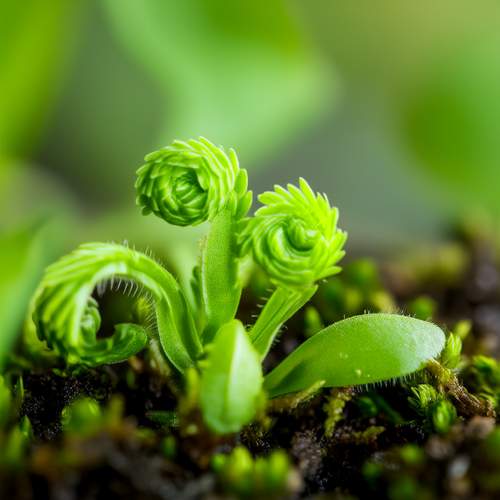
By /May 21, 2025
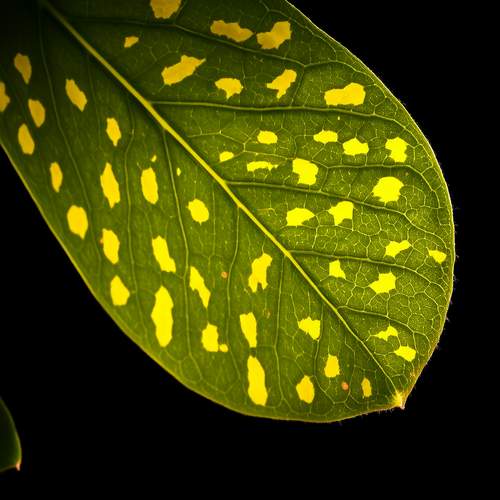
By /May 21, 2025
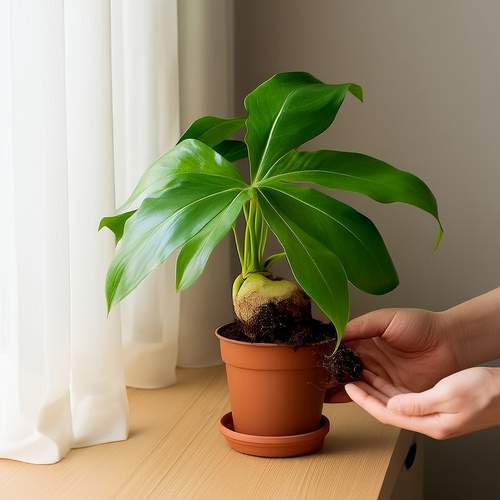
By /May 21, 2025
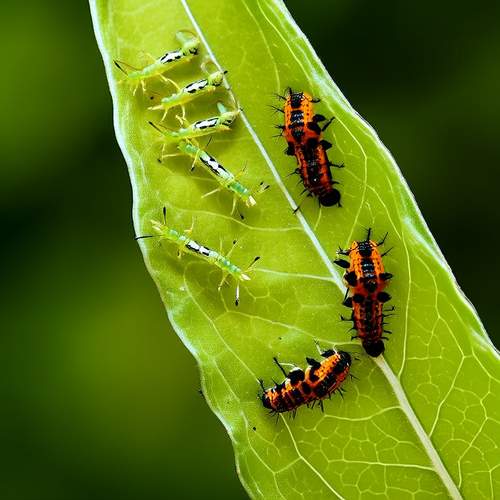
By /May 21, 2025
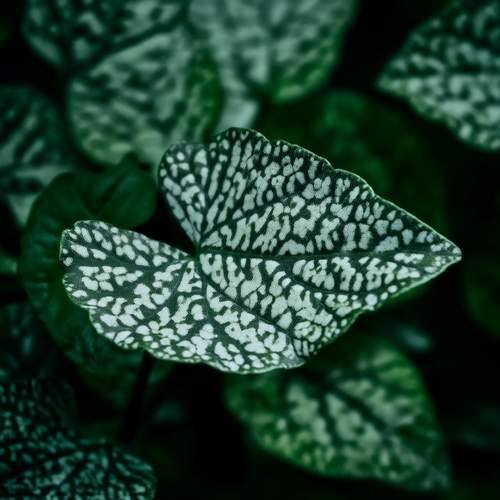
By /May 21, 2025